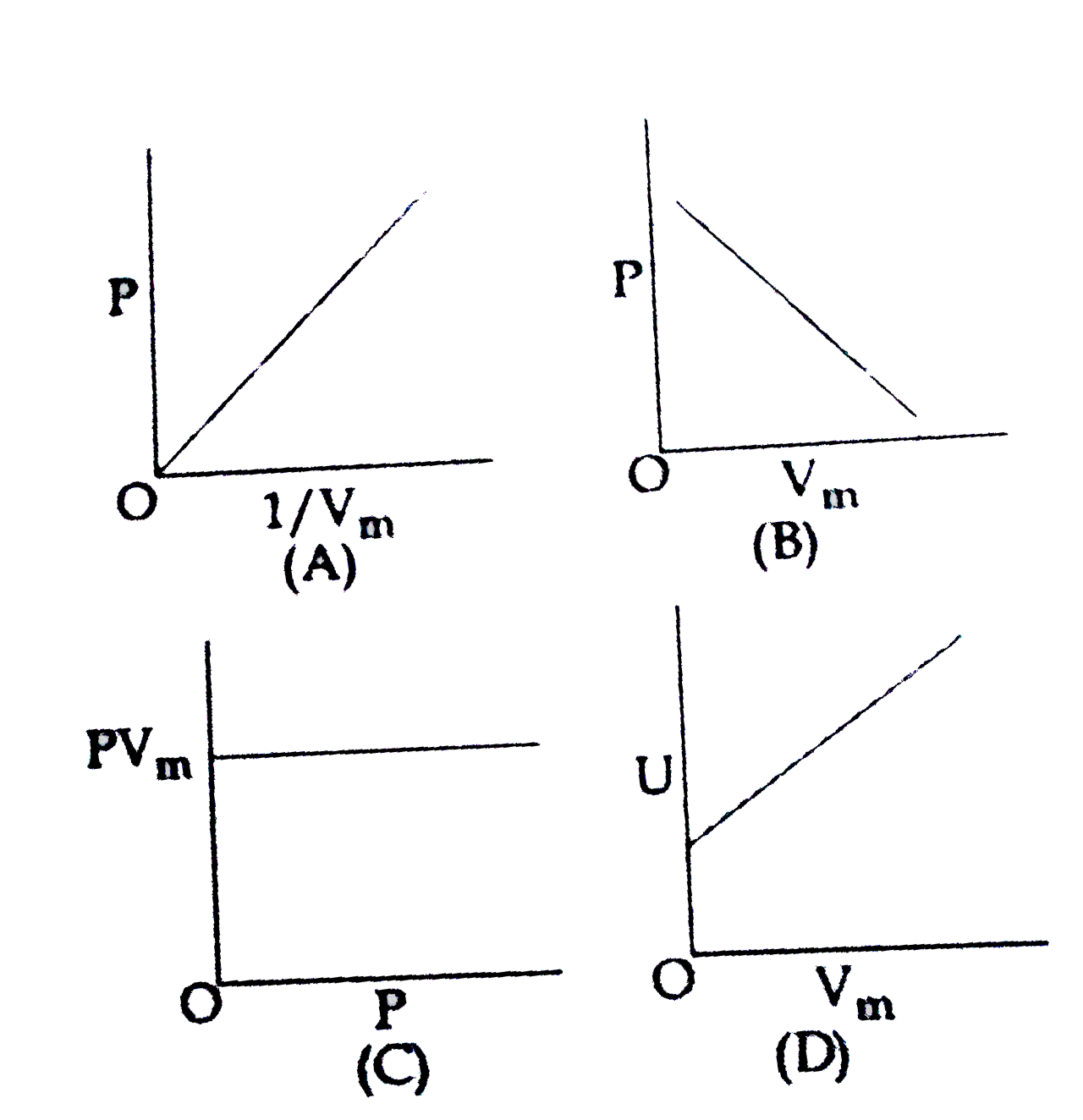The combination which will not release H2 gas is
Fe+H2O(steam)
Na+H2O(liquid)
NAHCO3+HCl(dil)
Na+HCl(dil)
To determine which combination will not release hydrogen gas (H₂), we will analyze each of the given reactions step by step.
Step 1: Analyze the first combination - Iron and steam (water vapor)
- Reaction: Fe + H₂O (steam) → Fe₃O₄ + H₂
- Explanation: When iron reacts with steam, it forms ferric oxide (Fe₃O₄) and liberates hydrogen gas.
- Conclusion: This reaction releases hydrogen gas.
Step 2: Analyze the second combination - Sodium and water
- Reaction: Na + H₂O → NaOH + H₂
- Explanation: Sodium reacts vigorously with water to produce sodium hydroxide (NaOH) and hydrogen gas.
- Conclusion: This reaction also releases hydrogen gas.
Step 3: Analyze the third combination - Sodium bicarbonate and hydrochloric acid
- Reaction: NaHCO₃ + HCl → NaCl + H₂O + CO₂
- Explanation: When sodium bicarbonate (NaHCO₃) reacts with hydrochloric acid (HCl), it produces sodium chloride (NaCl), water (H₂O), and carbon dioxide (CO₂). No hydrogen gas is produced in this reaction.
- Conclusion: This reaction does not release hydrogen gas.
Step 4: Analyze the fourth combination - Sodium and hydrochloric acid
- Reaction: Na + HCl → NaCl + H₂
- Explanation: Sodium reacts with hydrochloric acid to produce sodium chloride (NaCl) and hydrogen gas.
- Conclusion: This reaction releases hydrogen gas.
Final Conclusion:
Among the given combinations, the one that does not release hydrogen gas is the reaction between sodium bicarbonate and hydrochloric acid. Therefore, the correct answer is:
Option C: Sodium bicarbonate (NaHCO₃) reacting with hydrochloric acid (HCl).
---
- Reaction: Fe + H₂O (steam) → Fe₃O₄ + H₂
- Explanation: When iron reacts with steam, it forms ferric oxide (Fe₃O₄) and liberates hydrogen gas.
- Conclusion: This reaction releases hydrogen gas.
- Reaction: Na + H₂O → NaOH + H₂
- Explanation: Sodium reacts vigorously with water to produce sodium hydroxide (NaOH) and hydrogen gas.
- Conclusion: This reaction also releases hydrogen gas.
- Reaction: NaHCO₃ + HCl → NaCl + H₂O + CO₂
- Explanation: When sodium bicarbonate (NaHCO₃) reacts with hydrochloric acid (HCl), it produces sodium chloride (NaCl), water (H₂O), and carbon dioxide (CO₂). No hydrogen gas is produced in this reaction.
- Conclusion: This reaction does not release hydrogen gas.
- Reaction: Na + HCl → NaCl + H₂
- Explanation: Sodium reacts with hydrochloric acid to produce sodium chloride (NaCl) and hydrogen gas.
- Conclusion: This reaction releases hydrogen gas.
Among the given combinations, the one that does not release hydrogen gas is the reaction between sodium bicarbonate and hydrochloric acid. Therefore, the correct answer is:
Topper's Solved these Questions
Similar Questions
The combination of plots which does not represent isothermal expansion of an ideal gas is :

View SolutionThe combination of plots which does not represent isothermal expansion of an ideal gas is :
View SolutionWhich of the following combination will produce H2 gas ?
View SolutionWhich of the following combination will produce H2 gas ?
View SolutionWhich one of the following pairs of substances on reaction will not not evolve H2 gas?
View SolutionMetals which will not evolve H2 gas with dil. HCl are
View SolutionWhich one of the following pairs of substances on reaction will not not evolve H2 gas?
View SolutionMolecular formula C4H6 have two position isomers A and B. both A and B isomer decolourised the bromine water. B release H2 gas with sodium metal but isomer a does not release H2 gas. Write IUPAC name of A and B
View SolutionWhich of the following acids will not evolve H2 gas on reaction with alkali metals?
View SolutionWhen heating white lead then find out released gas (A) and (B)
2PbCO3white lead.Pb(OH)2−−Δ−→Pb3O4+(A)+(B)+H2O
View Solution